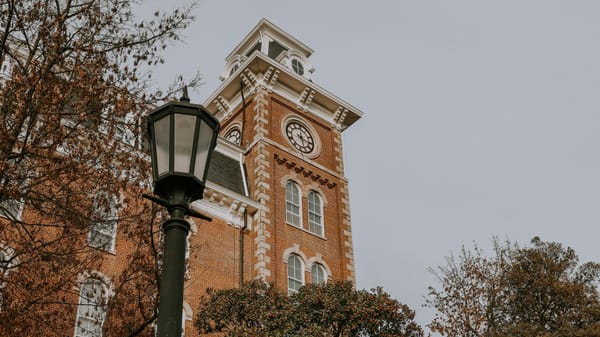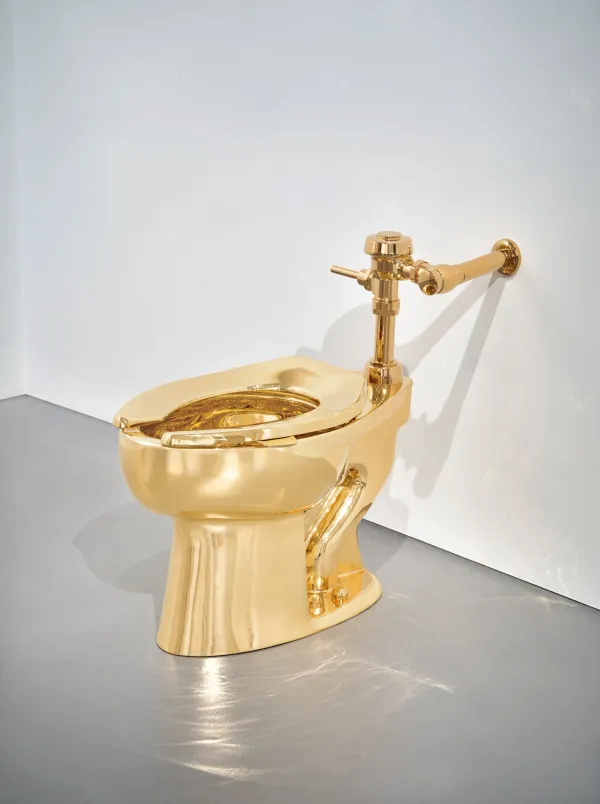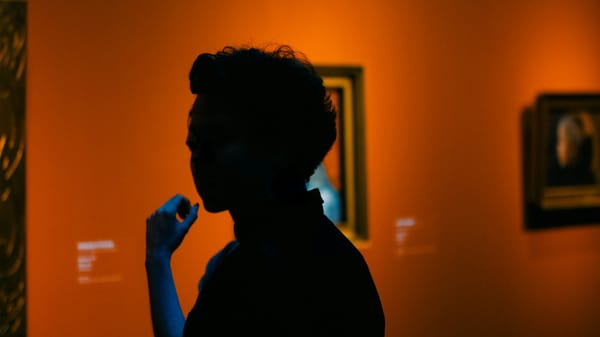Trump’s 2025 Arts Shakeup: Funding Cuts, Political Interference, and Cultural Turmoil
Since January 2025, Trump’s administration has transformed the arts sector through budget cuts, leadership changes, and rollback of diversity programs, challenging artists and institutions nationwide.

Since returning to the White House in January 2025, President Donald Trump’s administration has sent shockwaves through the American arts and culture sectors. With sweeping policy changes, budget cuts, and new political directives, the cultural ecosystem—from federal funding agencies to museums, galleries, and arts education—is undergoing profound transformation. This article explores the major shifts unfolding in the arts world in Trump’s second term and what they mean for artists, institutions, and audiences alike.
Sweeping Federal Arts Funding Cuts
One of the most significant impacts has come from drastic reductions in federal arts funding. The Trump administration has targeted key agencies such as:
- National Endowment for the Arts (NEA)
- Institute of Museum and Library Services (IMLS)
- National Endowment for the Humanities (NEH)
- Public broadcasting services (PBS and NPR)
Funding cuts have resulted in canceled grants, reduced staff, and a reevaluation of public arts programming. Cultural organizations that rely on these resources now face uncertainty, leading to canceled exhibitions and limited outreach initiatives. Many museums and theaters across the country have had to adjust their strategies, with some high-profile grant terminations making headlines in early 2025.
Political Interference and Leadership Changes
The administration has also increased political oversight on cultural institutions. For instance, President Trump’s dismissal of Kim Sajet, the director of the Smithsonian’s National Portrait Gallery, and the forced leave of Kevin Young, director of the National Museum of African American History and Culture, have raised alarms about the politicization of arts leadership. Additionally, Trump replaced his official presidential portrait with a new image aiming to control his public persona amid ongoing controversies.
The creation of the Department of Government Efficiency (DOGE), led by Elon Musk, has brought further scrutiny and cost-cutting measures to federal arts agencies. The Department’s aggressive reforms and lawsuits challenging agency restructurings have added to the turbulent environment.
Restrictions on Diversity, Equity, and Inclusion (DEI) Initiatives
A notable focus of the administration has been rolling back Diversity, Equity, and Inclusion (DEI) programming in public arts and education. Many grants and projects promoting DEI have been defunded or halted, provoking protests and debates within the art community. Museums and universities, especially those with large international student populations, are navigating these restrictions while striving to maintain inclusive programming.
Impact on Art Education and International Collaboration
Policy moves such as the attempted barring of foreign students at universities like Harvard have reverberated through art education. Institutions with significant international enrollment—such as the School of Visual Arts, Parsons School of Design, and California Institute of the Arts—face enrollment challenges that threaten the diversity and vitality of their programs.
Simultaneously, longstanding international collaborations are at risk. For example, Dutch museums like Mauritshuis have reconsidered lending artworks to U.S. museums, citing political interference and funding instability.
Legal Challenges and Resistance
In response to these upheavals, lawsuits have mounted challenging the administration’s actions. Courts have blocked some agency dismantling efforts, including attempts to eliminate the IMLS and curtail funding for humanities programs. Arts advocacy groups and legal associations continue to push back against what they view as unconstitutional cuts and interference.
What This Means for Artists and Audiences
For artists, these changes signal a more uncertain and politically charged environment. Grant opportunities are fewer, and the cultural narrative is increasingly contested. However, many artists and institutions are responding with resilience—finding alternative funding, organizing grassroots movements, and using art as a form of political resistance.
Audiences may also notice shifts in the cultural offerings available, with some public programs curtailed and others reshaped to align with new political priorities.
The arts landscape in 2025 is being reshaped by unprecedented political forces and funding challenges. As the Trump administration continues to push its agenda, artists, cultural institutions, and communities must navigate a complex terrain of censorship, budget cuts, and ideological battles. Understanding these shifts is crucial for anyone invested in the future of American culture and creativity.
ART Walkway News





